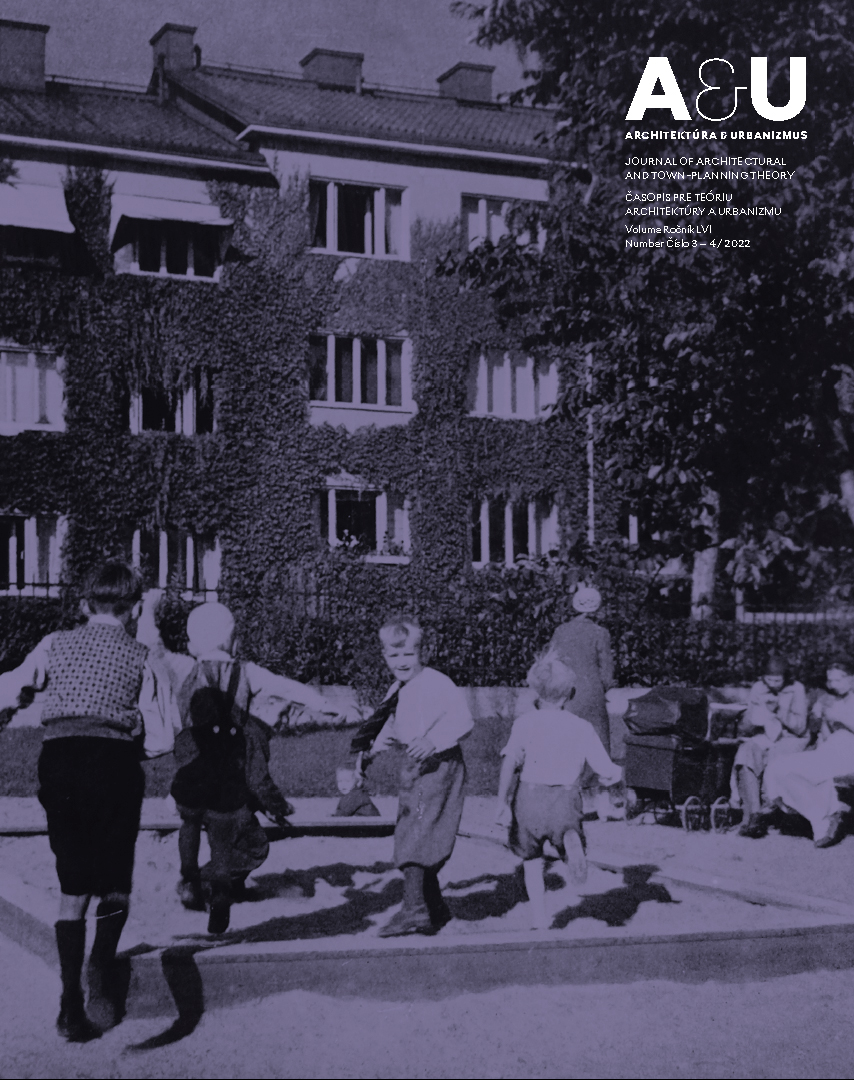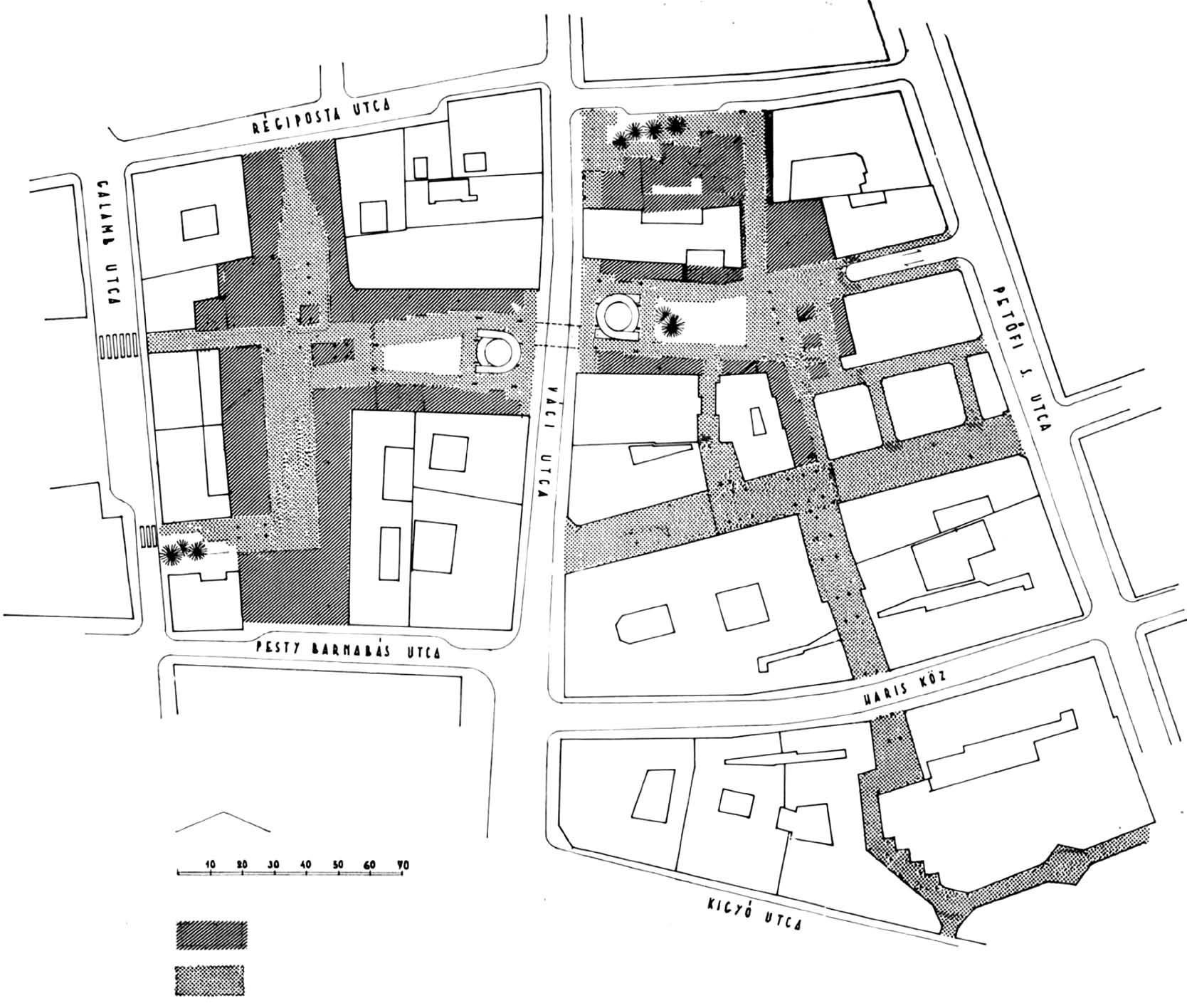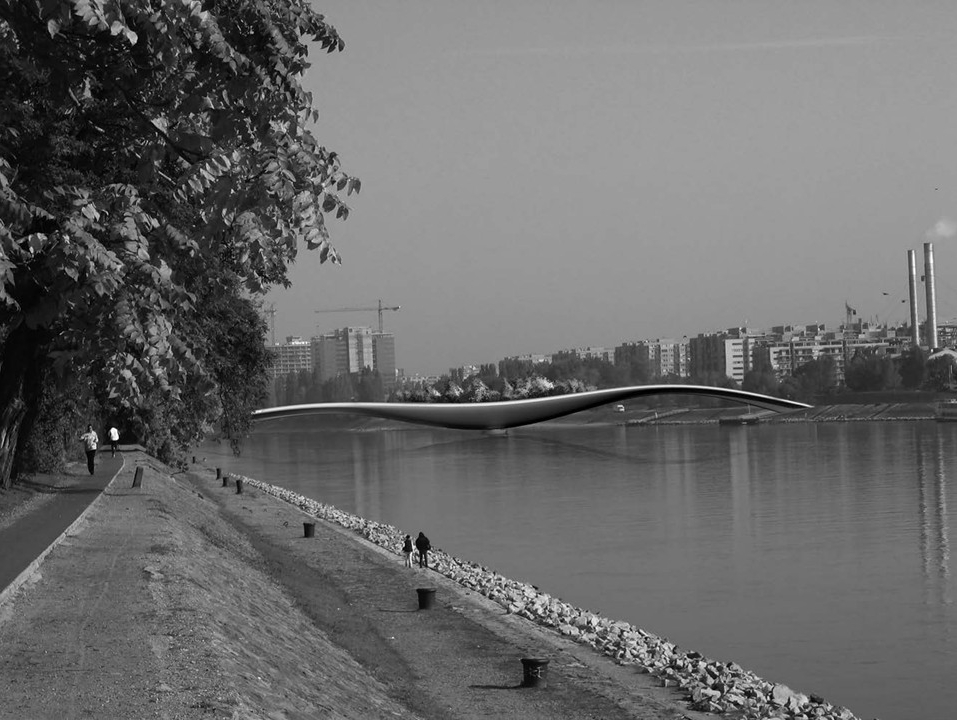Like other large cities in Europe, Budapest faced a serious housing shortage in the last decades of the 19th century. While this problem had many roots, the primary one was the growth of population through migration. In accordance with liberal principles, representatives in the city council rejected the idea of public intervention in the market and were willing to undertake construction of houses only in times of epidemics and only if these emergency apartments were temporary constructions.
In the first decade of the 20th century, angry tenants launched strikes and, in extreme cases, demolished buildings, which prompted the authorities to act. Thanks to the spread of the idea of social care in political thought, active community economic and social policies became the primary types of intervention. The outcome of these changes was a public programme for constructing small flats, entirely without parallel in Europe at the time. Within the framework of this programme more than 6000 apartments were built in Budapest. This paper presents the programme and the first decade of the operation of the resulting housing estates.
DOI: https://doi.org/10.31577/archandurb.2022.56.3-4.2

This work is licensed under a Creative Commons Attribution 4.0 International License












